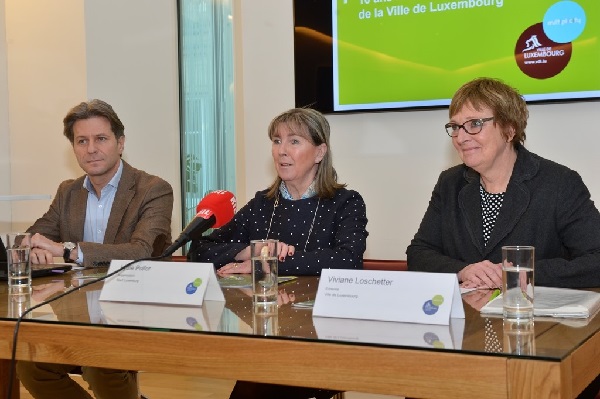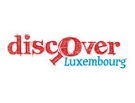
Luxembourg City has recently looked back on the highlights of its 10-year environmental action plan between 2006 and 2015.
Historically, environmental issues and long-term sustainable development have been among the capital’s main priorities. This is evident in its 2006-2015 environmental plan.
In the past ten years, Luxembourg City has built upon its past environmental actions and added a cross-section organization to its communal administration to reach its environmental goals. As such, a post was created which is dedicated to the environment and the establishment of an action plan. This also provides annual ecological reviews to track its progress.
Some of the most striking facts found in the review for the past ten years include the following. Firstly, in terms of the preservation of biodiversity and natural resources, this is being achieved through the eco-responsible management of the municipality’s forest and trees. There is also the question of the protection of the quality of drinking water which is free from pesticides and the protection of water sources. Indeed in this regard, Luxembourg City has invested in the sanitation of used water and has contributed to the improved biochemical quality of water thanks in part to the implementation of the water purification station in Beggen in 2012.
Moreover, in order to continue to encourage responsible consumption, the capital has paired this with the optimisation of waste management in order to reduce waste. In fact, in the last ten years the quantity of collected waste per inhabitant has fallen by 32% and the current rate of recycling is 41.2%.
Regarding improved mobility, the city has witnessed the development of its public transport network, customer services and the acquirement of electric buses and the tram. The aim of such measures is mainly to have a positive impact on the climate by reducing CO2 emissions by 40% by 2030.
Other measures have been put in place in order to achieve Luxembourg City’s environment objectives such as the installation of public-use bikes in 2008 and the extension of cycling lanes, which now measure at 156km. There is also the concept of carsharing.
Concerning the capital’s views on the years to come, the fight against global warming will set the priorities for environmental action. Luxembourg City will continue to pursue its efforts in mobility and sustainable development as well as its use of more renewable energy sources. These measures also aim to provide current and future citizens with a high quality of life.
Photo by VDL








